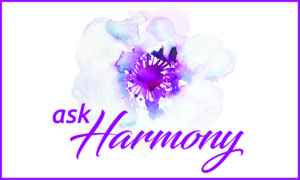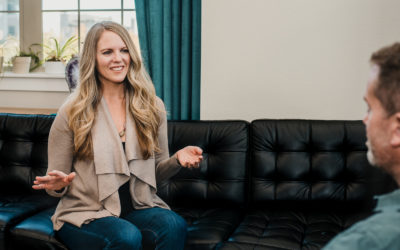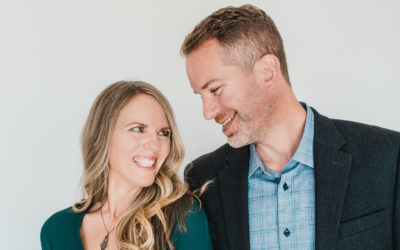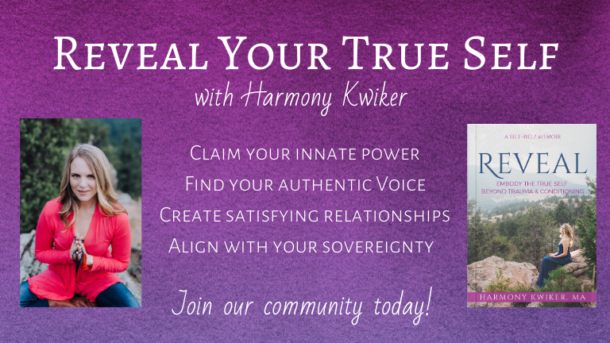It happens all the time: Your child tells you to go away. Your friend wants space. Your in-laws are closed off to deep conversation. Your spouse gets triggered and pulls away.
How can we connect with those who don’t want connection?
1.) Get curious about your intention: Why are you wanting to communicate with this person? Are you trying to connect with the person? Or are you wanting them to be different in any way? If you’re truly trying to connect, you don’t need them to be any other way than they are in order to be in relationship with them.
Connection is about meeting people where they are, as we are. If they have a wall, how can we honor that wall, snuggle up to the wall, love the wall? If they don’t want to go deep, how can we honor where they’re at and not drop ourselves?
This is the dance of relationship. We don’t need to have the same values, want the same things, or have the same emotional capacity to be in relationship. We simply need to be curious about what’s happening within us and honor what’s happening in another. Even though it may not look like what we want it to look like, that’s connection.
2.) Notice where your attention is focused: Is most of your attention on the other person, with curiosity about them? Is most of your attention anchored within you, knowing what’s happening for you in the interaction? Is it possible to have some attention in and a little attention out?
This may seem complex, and it is. However, this is the essence of relationship. You need to know what’s happening within you. You need to know what part of yourself you are interacting with others from. You need to know what is happening beneath the most obvious thing. Then, you get to presence that.
Your reveal is essential to have a point of connection.
Once you’re able to do that, then you can be curious about others without dropping yourself. This is the work of individuation and sovereignty: “I am a separate, autonomous being, while also being open to meeting you where you are at and allow myself to be affected by you.” It is the paradox of humanity.
If I’m over in your world, more curious about you or in my stories about you, I am not in myself with self-curiosity. I have left myself. When I presence what I feel like when I’m with you, I’m being vulnerable (i.e. not trying to control anyone or anything), I’m in myself (not merging with you), and I’m offering a point of connection (revealing my deeper truth).
3.) Make what is implicitly happening, explicit: In the relational field between us, there is an implicit experience called the I-Thou, “I am having an experience of you experiencing me.”
Learning how to give voice to the I-Thou is the way we can bring our relational dance to the awareness field. When we do this, we need to FULLY OWN OUR EXPERIENCE. Owning our experience is vital in all of our relationships because it keeps our connections clean. When I own my experience, I speak in language that is inarguable. For example, “It’s hot in here” vs “It’s hot in here to me” or “I feel hot”. In the first version, I’ve disowned my experience and whoever else is in the room can argue, “No it’s not, it’s cold!” The last two versions are inarguable.
So in relationship, making what’s implicit explicit, we can say, “I’m noticing that I want to feel closer to you, and you seem to want more space.”
Then get curious about your why. Why do you want more connection? Why do you want the connection to be different? Is there discomfort for you in someone else’s wall? Loneliness? Pain? Would them being different soothe your attachment wound?
Then, get curious about them. What would have them shut down or close of to connection? What sense of control or safety might they be trying to attain? What stories do they have about you? Without personalizing it, just stay open with deep curiosity.
To learn more, leave your questions here or join me for my live, interactive relationship practice group that meets Mondays from 6:30 to 7:30 pm MST.




